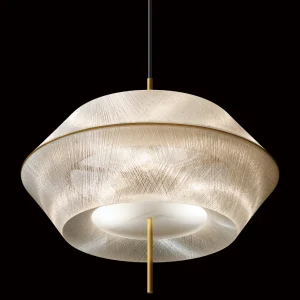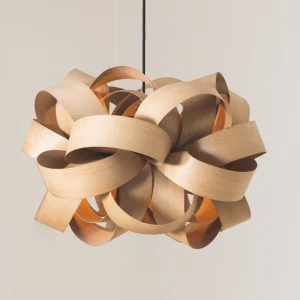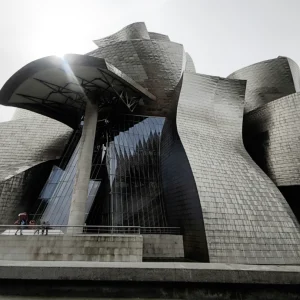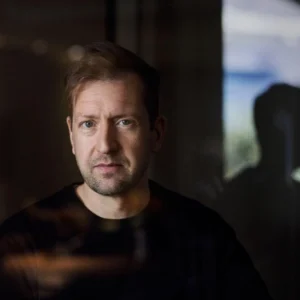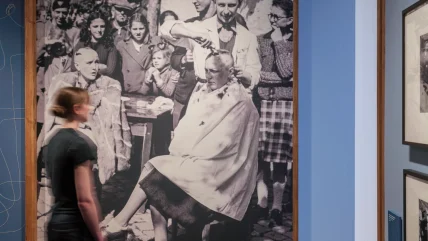
Nissen Richards Studio has designed the exhibition and graphic elements for the exhibition Unsilenced: Sexual Violence in Conflict at IWM London. The exhibition marks the first initiative by a major UK museum to address the subject of sexual violence in conflict. The aim is to empower survivors, inform visitors, and contribute to change.
The exhibition examines the contexts of sexual violence in conflict, focusing on how propaganda influences perceptions of gender and power. It features testimony and over 160 objects, many of which are previously unseen, including stories of child evacuees, trafficking victims, prisoners of war, and survivors from the First World War to contemporary conflicts. The exhibition also highlights ongoing efforts to combat conflict-related sexual violence.
Pippa Nissen, director of Nissen Richards Studio, stated: ‘Because of the distressing nature of the subject matter and testimonies in this exhibition, we sought above all to create a very calm and clear exhibition design language that would support visitors and respect the impact of the stories being told.’
The graphic communication employs gauzy panels set in timber frames, suggesting transparency while addressing the serious subject matter, according to Nissen Richards Studio. The design incorporates layers that vary in materiality, ‘creating a light and transparent feel, while also allowing for complexity in relation to the themes presented’. The colour scheme transitions from darker blues to lighter, warmer tones, ‘reflecting an emotional progression’.
Textiles and embroidery are significant elements of the design. Nissen Richards Studio collaborated with a student from the London College of Fashion, Yi-Ching Wang, who had previously researched the subject. The collaboration resulted in the use of fabric and thread instead of traditional graphic panels, with interpretative text printed on canvas and sewn into fabric. The stitching varies in style to represent the themes of each room.
The exhibition is structured thematically, beginning with an introductory AV space, followed by three main rooms: 1) Structures and Representations, 2) Acts and Manifestations, and 3) Justice and Reconciliation. Two additional spaces include an NGO room, which focuses on organisations supporting victims of sexual violence, and a contemplation room.
The exhibition covers a broad historical timeline, addressing conflicts from the First and Second World Wars to more recent events such as the Gulf War, Bosnian War, Ukraine War, Iraq War, Balkans War, Sudan War, and the Yazidi Genocide. While the majority of victims are female, the exhibition also acknowledges male and child victims, examining state-sanctioned sexual violence, humiliation, and slavery.
Helen Upcraft, lead curator of the exhibition, remarked: ‘Sexual violence is a devastating aspect of conflict and very difficult to talk about. This silence creates significant barriers to recovery, justice and lasting change.’
The exhibition features a variety of objects, including written and oral testimonies, historic posters, photography, and artworks, such as a painting by Albert Adams and photographs by Lee Miller.
The exhibition is free to enter and is recommended for individuals aged 16 and over. It will be open until 2 November 2025.

